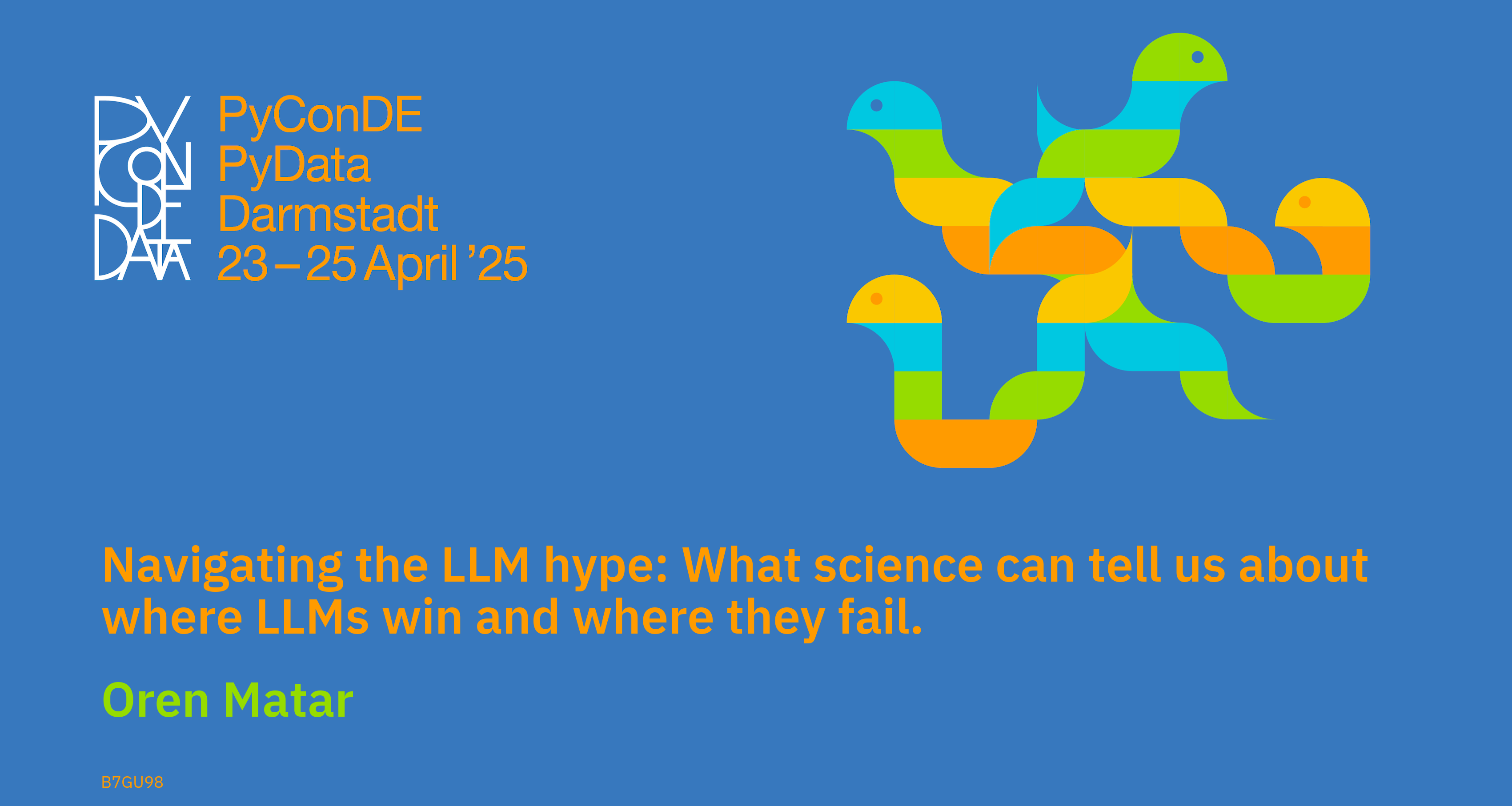Over the past two years, Large Language Models (LLMs) have taken the tech world by storm, leading many companies to rapidly adopt them in hopes of transforming their products. Yet, despite their potential, many LLM-based applications have fallen short, sometimes even causing embarrassment or public backlash. These failures often arise from overly optimistic expectations and a lack of understanding of the models' limitations. In this session, we will systematically explore the true capabilities of LLMs. Through empirical experimentation, we’ll examine key questions: Can LLMs reason, or are they just sophisticated parrots? Can they engage in abstract thinking or demonstrate planning? After several years of research, science has a lot to say about the current and projected capabilities of LLMs. With this knowledge, we will establish practical, actionable guidelines for applying LLMs effectively in products. You’ll gain insights into which use cases are best suited for LLMs, how to avoid common pitfalls, and how to align expectations with the current capabilities of these models. This session does not require a deep technical understanding of LLMs, making it ideal for anyone, from product managers to decision-makers, who is considering using these models in their applications.
